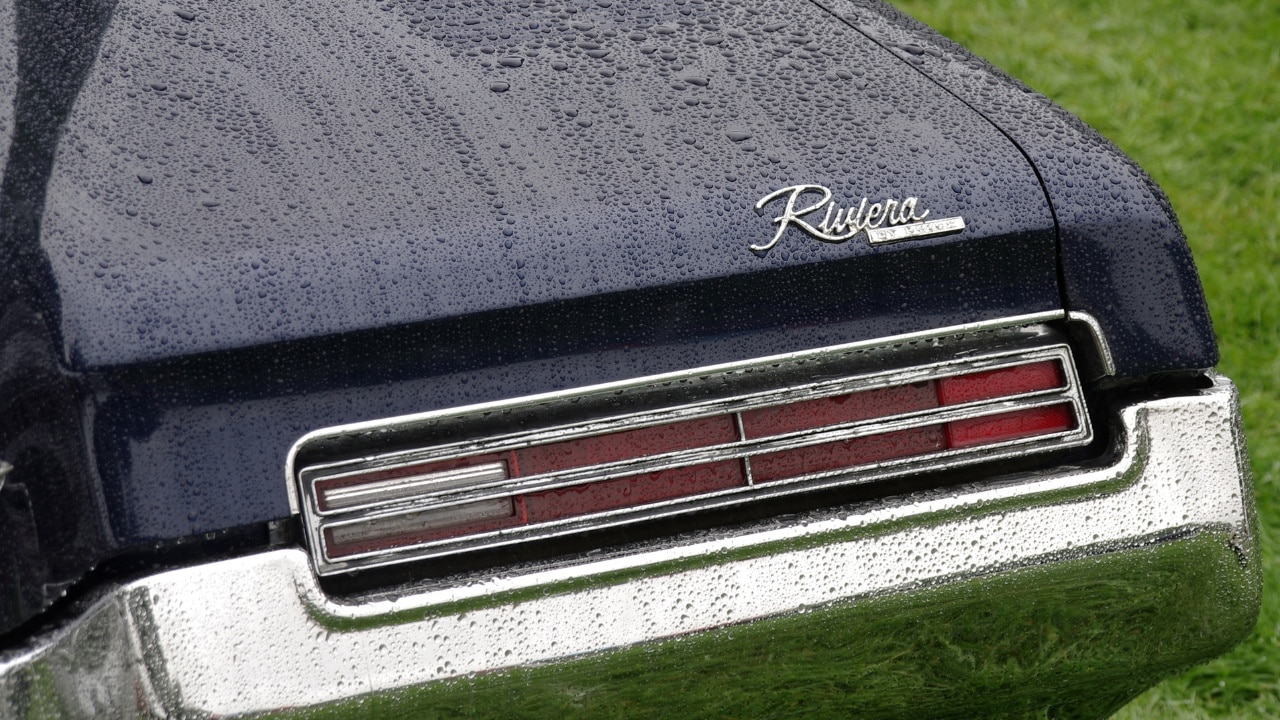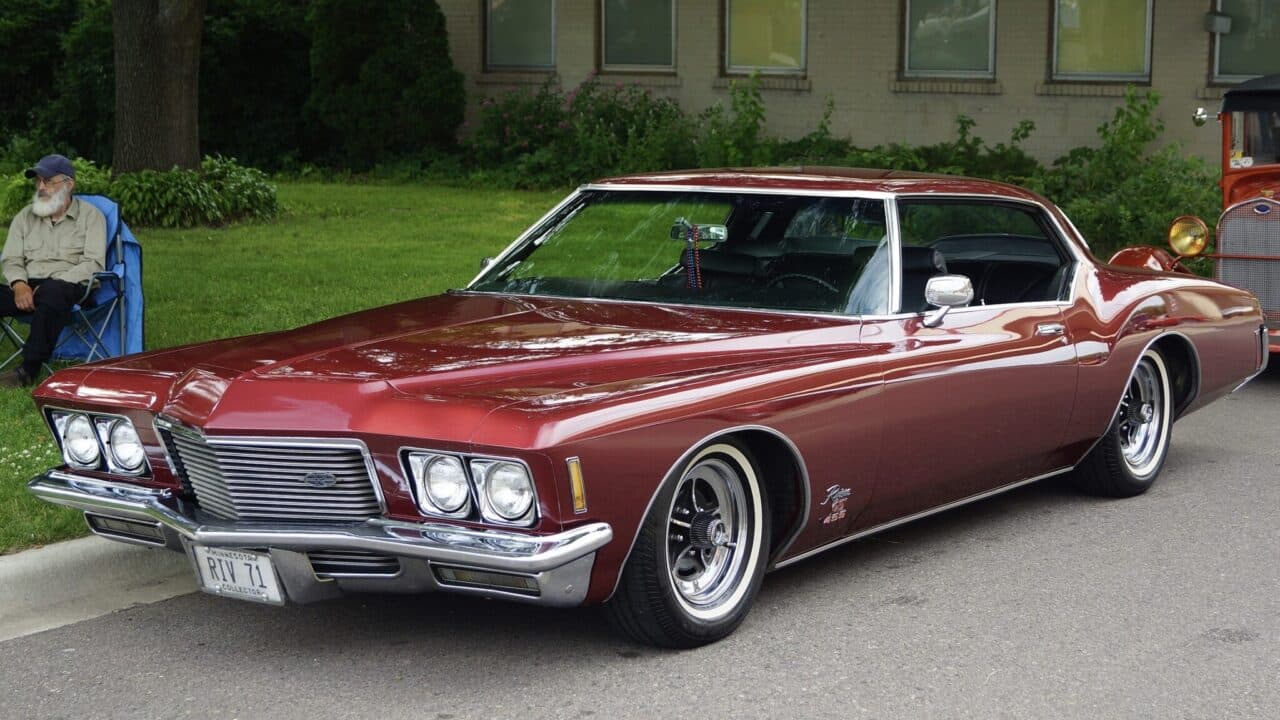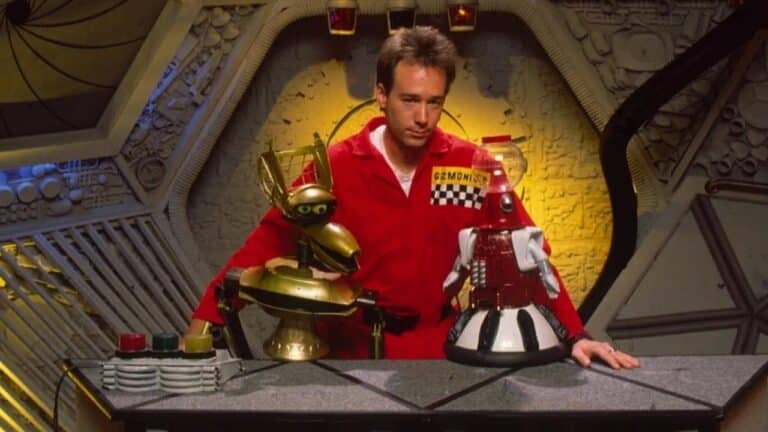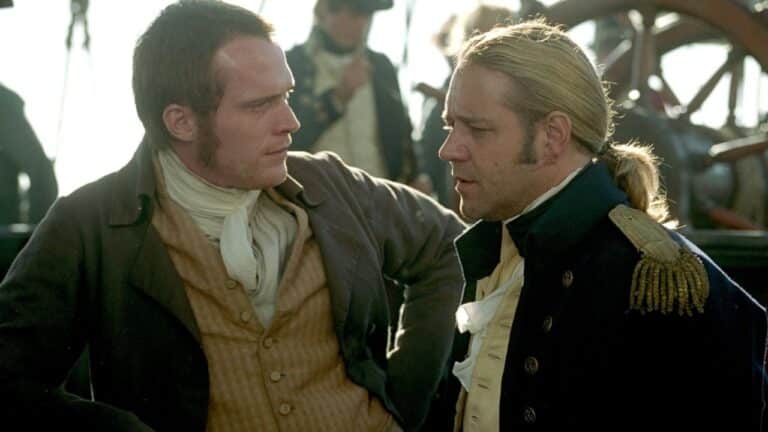13 Most Iconic Buicks Ever Made

David Dunbar Buick founded Buick Motor Company in 1903, and since then, it’s become one of GM’s core brands, with several iconic vehicles in its portfolio.
Some of the carmaker’s most famous models stand out for their design, performance, or luxury.
We’ve dug through the annals of history to create a list of the 13 most iconic and exceptional Buicks ever made.
1936 Buick Special

Buick introduced the Special in 1936 when it took over where the Series 40 left off. The Special remained in production for several decades, and although it was no longer a standalone model by 1970, the name was in use until 1996.
It was the first model to feature the “trapezoid” grille, which would become one of the brand’s signature design features. Thanks to its affordable price, the Special also made Buick’s luxury accessible to a broader market.
1938 Buick Y-Job

Although the Buick Y-Job wasn’t a production vehicle, it’s still one of the biggest game changers in the automotive industry, as it was the first-ever concept car.
It was the brainchild of GM Vice President of Design Harley Earl and featured a low, wide, and long body. It also had pontoon fenders that housed the headlights, and wrap-around fenders. It looked like a million bucks, and the public wanted more concepts like it.
1940 Buick Super

In 1940, Buick introduced the full-size Super with a glorious, streamlined “torpedo” body and a comfortable, spacious interior. Its interior took priority over engine performance, as it only had the 248 cu in 107-hp Fireball Straight-8 engine from the Special. The following year, power increased to 125-hp.
Since 1931, all Buicks had a version of the Buick Straight-8 engine, but people commonly referred to the Buick Super as the “Buick Eight” or “Super Eight” due to the engravement on its grille.
1949 Buick Roadmaster

Buick launched the Roadmaster in 1936, and the model received its first post-war update in 1949. This new model received a larger two-piece, curved glass windshield, and it was the first Buick to receive the “VentiPorts” on the front fenders.
The Roadmaster was still built on Buick’s longest non-limousine wheelbase, but it was now slightly shorter than before. Perhaps due to all its luxuries?
1953 Buick Skylark

By now, the custom car scene was growing, and Buick designer Ned Nickles customized his own Buick (he’s the guy who came up with the VentiPorts). His creation inspired Buick to do something similar to commemorate its 50th anniversary.
While it was based on the Roadmaster, the Buick Skylark was only available as a convertible. Much of the car’s body was handbuilt, and for the first time, Buick used a Fireball V8 instead of the Straight 8.
1954 Buick Century

The first-gen Buick Century was discontinued during WWII, but the moniker was brought back in 1954, and it was now better than ever.
It was now a performance model, as Buick used the Special’s body along with the largest and most powerful 322 cu-in Fireball V8 engine and Dynaflow automatic transmission. While muscle cars weren’t really a thing yet, it’s safe to say the Buick Century was one of the muscle car’s predecessors.
1959 Buick Electra 225

In 1959, Buick renamed several of its models, and the Roadmaster became the Electra and Electra 225. It was named 225 for its length in inches — car size was important in the extravagant 1950s.
The Electra 225 Riviera was the flagship model, sharing its six-window hardtop roofline exclusively with Cadillac. With big tailfins, an opulent interior, and a large 401 cu-in V8 engine, it certainly symbolized 1950s luxury.
1959 Buick LeSabre

The Buick LeSabre name first appeared on a 1951 concept car, but an actual production car with the name didn’t arrive until 1959. While other Buick models now switched to the new 401 V8, the LeSabre stuck with the 364 V8 used in all Buicks in 1957 and 1958.
With 250 hp as standard and 300-hp with the optional four-barrel version, the LeSabre was no slouch. It also looked the part, as the LeSabre had, like other Buicks of this vintage, large “Delta-wing” fins accompanied by round taillights.
1963 Buick Riviera

Buick introduced the Riviera name in 1949. It’s Italian for coastline, and they used it to evoke the allure and affluence of the French Riviera. After using the name as a trim level, the Riviera became a standalone model in 1963, and it’s one of the design icons of the automotive world.
Its unique body and styling sported the new “Coke bottle look.” Buick also offered it with two V8 options, a 401 or a 425, producing 325 and 340-hp, respectively. Over 100,000 units of the first generation were sold, making it a massive success.
1963 Buick Wildcat

The Wildcat started out as a subseries of the Invicta, but in 1963, it became a separate model and replaced the Invicta. It looked sporty and stylish, and Buick was wise enough to give the Wildcat the required performance.
The standard Wildcat engine was a 325-hp 401 V8, but in 1964, a 425 V8 with 340-hp was made available. If specced with the double four-barrel carbs, it had a whopping 360-hp.
1970 Buick GSX

Buick introduced the Gran Sport, or GS, name in 1965, and since then, it has appeared on multiple performance-oriented Buicks. In 1970, the GSX option was an appearance, performance, and handling package for the GS455.
The 1970 Buick GSX was stuffed to the rafters with standard equipment. Whereas other muscle cars could be ordered with basic options, suspension, or interior, that wasn’t the case with the GSX Stage 1 — it had every available performance and handling part. The Stage 1’s 455 V8 produced 360-hp and 510 lb-ft of torque. It could reach 60 mph in 5.1 seconds, had a 135 mph top speed, and ran a quarter-mile in 14.3 seconds.
1971 Buick Riviera

In 1971, the Buick Riviera received a major redesign, and it now received the flowing and dramatic “boat-tail” styling that’s made the car so iconic. It’s without doubt one of the best-known Buicks of all time.
It was a massive land yacht, measuring over 217 inches in length. However, it wasn’t all show and no go, as the Gran Sport version had a 455 V8 with 345-hp. It could sprint to 60 mph in just 8.5 seconds, had a top speed of at least 125 mph, and ran a quarter-mile in 16 seconds. Luckily, someone at Buick had the foresight to fit it with disc brakes as standard.
Buick Grand National

Buick’s Regal won back-to-back NASCAR championships in 1981 and 1982. That led to a special edition options package in 1982, which included 215 cars with special interior and exterior features.
Then, in 1984, Buick introduced the sports coupes gearheads know and love. With a turbocharged 3.8-liter V6 under the hood, the first Grand Nationals produced 200-hp and 300 lb-ft, which soon grew to 245 hp and 355 lb-ft. In 1987, the ultimate Buick Regal emerged. The all-black GNX had 276-hp and 360 lb-ft of torque. It would reach 60 mph in 4.7 seconds and flew down the quarter-mile in 13.5 seconds.




